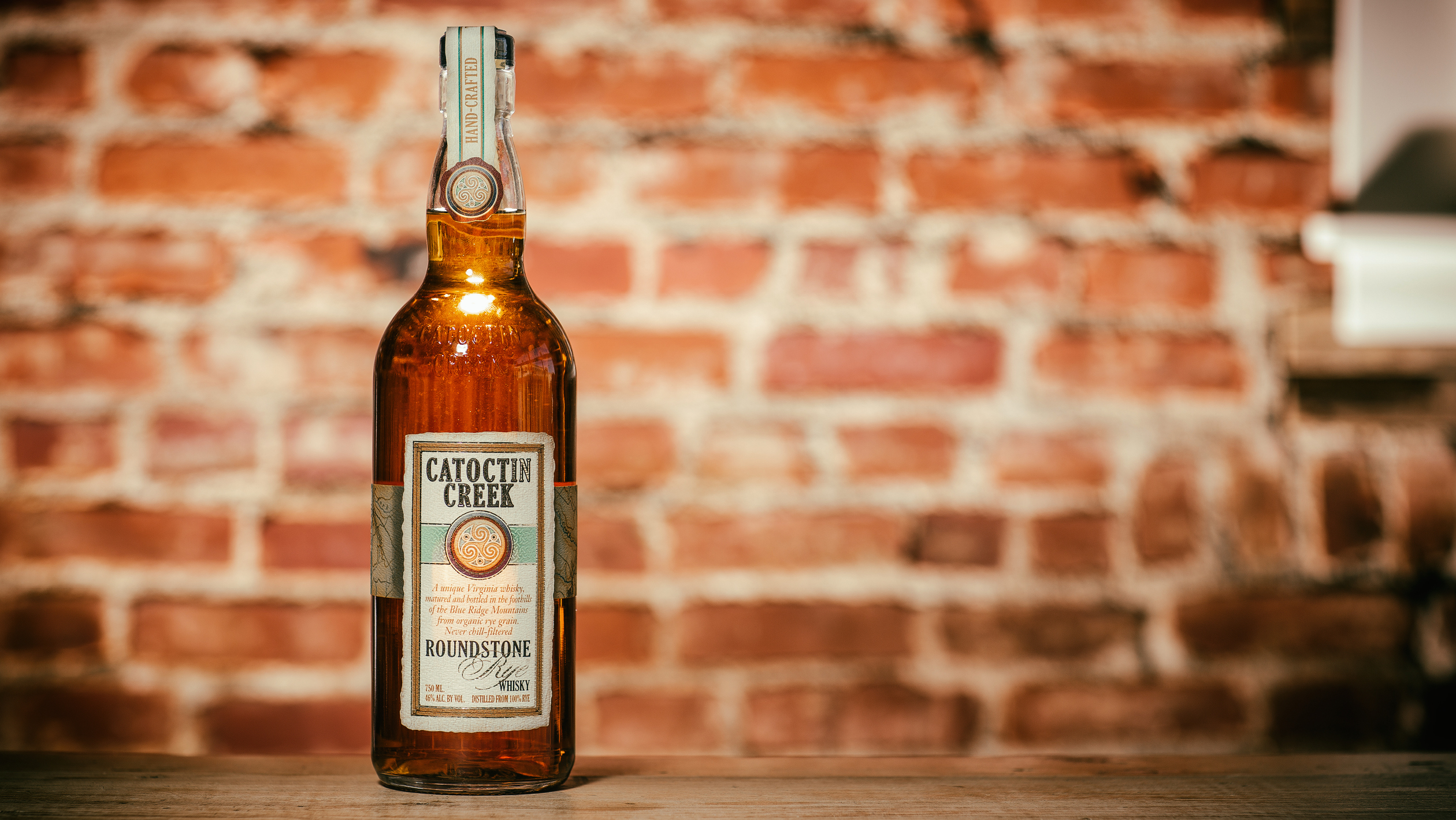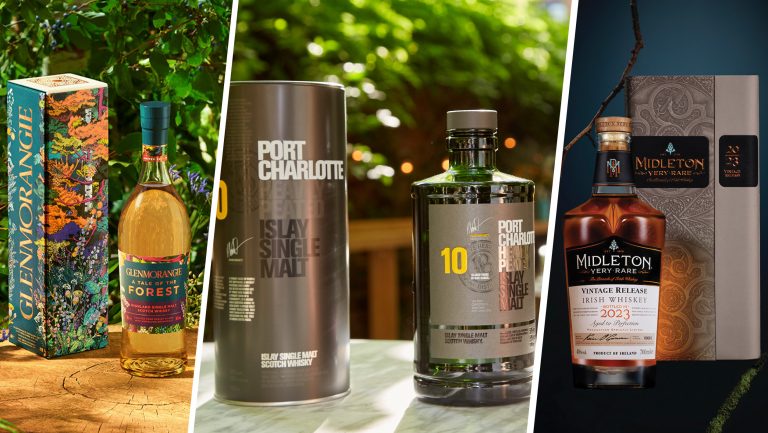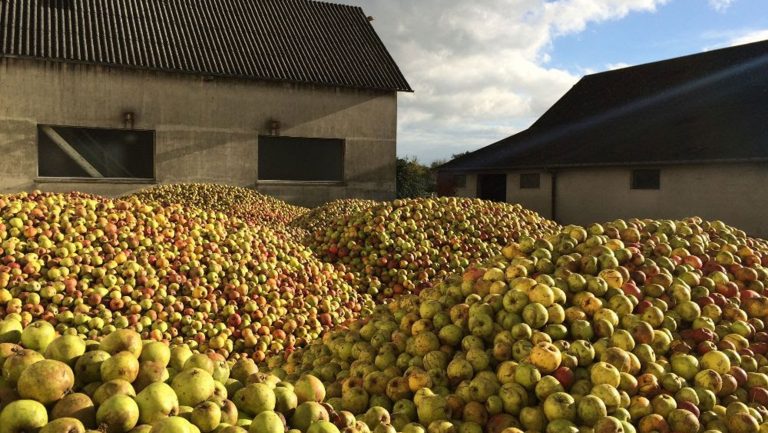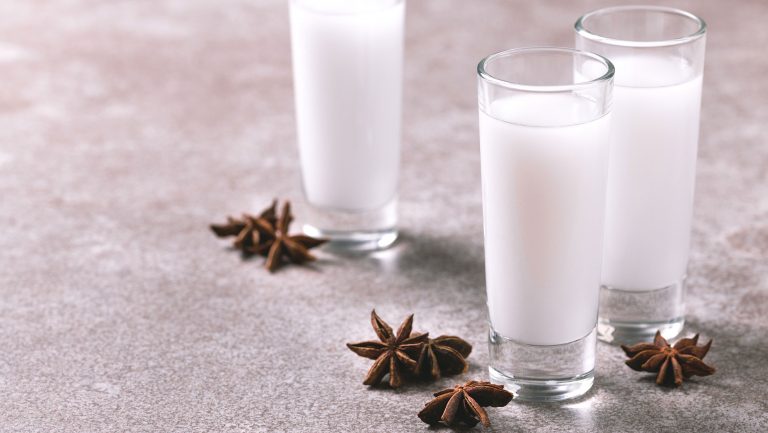Some origin stories are hard to sugarcoat.
“Our namesake was sentenced to hang for treason,” says Meredith Grelli, a co-owner of Wigle Whiskey.
She’s talking about Philip Wigle, a Western Pennsylvania distiller active during a time when the American experiment was in its infancy. Wigle’s specific crime: leading an antitax insurrection—the infamous Whiskey Rebellion—that was a seminal moment in the earliest days of the federal government. It was also a watershed moment in the story of American distilling at a time when the Mid-Atlantic region was the epicenter of rye whiskey production. In fact, rye producers put Pennsylvania, Maryland, and Virginia on the spirits map long before bourbon producers did the same for Kentucky. And today their modern counterparts are hoping to do so again.

Don’t miss the latest drinks industry news and insights. Sign up for our award-winning newsletters and get insider intel, resources, and trends delivered to your inbox every week.
Western Pennsylvania Rye
“We think of Pittsburgh and Western Pennsylvania as the birthplace of American whiskey,” says Grelli, who cofounded Wigle with her husband, Alex, in 2011. “When Western Pennsylvania was the frontier, whiskey was the main economy before Pittsburgh was a steel town.”
And as far as the Whiskey Rebellion is concerned, that geographical area was the eye of the storm. The nascent federal government, cash-strapped in the aftermath of the American Revolution, needed to raise revenue quickly. Treasury Secretary Alexander Hamilton devised a plan to tax spirits, which President George Washington signed into law in 1791. Distillers, naturally, weren’t happy, and they showed their discontent by harassing and abusing federal tax collectors. The situation came to a head in 1794, when Washington led an army of 13,000 Virginia, Maryland, New Jersey, and Pennsylvania militiamen to put down the insurgency, which dispersed before the troops arrived. Philip Wigle and one of his whiskey-making comrades, John Mitchell, were convicted and condemned to the gallows, but Washington ultimately pardoned them.
The tax was eventually repealed under President Thomas Jefferson, and by 1808, Grelli says distillers in Pennsylvania’s Allegheny County were annually producing the equivalent of half a barrel of whiskey for every American of every age. The number of licensed stills operating in Western Pennsylvania in the 19th century peaked at about 4,000. After Prohibition, only a handful remained in the entire country. Today there are more than 70 licensed distilleries across the Keystone State, and of those, at least a half-dozen are producing rye, including Wigle, Mountain Laurel Spirits (Bristol), Thistle Finch (Lancaster), Disobedient Spirits (Homer City), New Liberty Distillery (Philadelphia), and Mingo Creek Craft Distillers/Liberty Pole Spirits (Washington).
In its 18th- and 19th-century prime, the region became known for a very distinct style of the spirit, known as Monongahela rye (named for the river and surrounding areas). Its flavor was a lot more intense than other whiskeys of the time. Modern-day Pennsylvania distillers like Wigle have been making whiskeys based on this style.
“It’s spicy, earthy, and robust, and it kicks you in the butt a little bit,” Grelli says. It also contrasts with Maryland’s traditional rye, which Grelli describes as “softer, more genteel.”
Maryland Rye
Historically, Maryland rye whiskey was a bit sweeter than the Monongahela variety because of a greater presence of corn in the mash bill. One of the most visible revivalists of the Maryland style has been Sagamore Spirit, whose cofounder, billionaire Kevin Plank, is best known as the founder, CEO, and chairman of Under Armour sports apparel. The whiskey brand takes its name from Sagamore Farm, a property located about 22 miles outside Baltimore that Plank purchased a decade ago. Its 108-year-old springhouse provides the water for the spirit. Back in the heyday of Maryland spirits production, distillers set up shop along the state’s abundant limestone springs and creeks. The water stayed a consistent 52 degrees Fahrenheit year-round, which made it more yeast friendly for fermentation, even in the summer.
“That kind of high-quality water makes a difference,” says Sagamore Spirit president Brian Treacy. “It’s really worth the 22-mile journey.”
In April 2017, Sagamore opened a 22,000-square-foot Baltimore distillery and 27,000-square-foot packaging and welcome center overlooking the Patapsko River. The buildings are part of what will ultimately be a multibillion-dollar complex that will also be home to Under Armour’s new headquarters.
“One of the coolest things,” says Treacy, “is being a distillery of this class in the middle of the city on a waterfront property.”
Whiskey distilled in the new facility won’t be ready for the market for some time, so Sagamore continues to source its spirits from MGP and then commingles barrels with two different mash bills and proofs it down for bottling. Typically, the blenders combine a spirit whose rye content is nearly 100 percent with one that’s about 52 percent rye to get a whiskey that’s between 70 and 74 percent rye.
Sagamore is one of 18 fully licensed and operating spirits producers in the state, at least a third of which are producing rye. Others include Baltimore Whiskey Company, Springfield Manor Winery & Distillery (Thurmont), Tenth Ward Distilling (Frederick), and Twin Valley and Lyon Distilling (St. Michaels).
“Those are just the ones with products available,” says Jaime Windon, cofounder/owner of Lyon Distilling and president of the Maryland Distillers Guild. “I’ve heard a rumor that at least five others are working on [rye]. And when we opened [in 2013] there were zero distilleries making rye. It’s a really exciting time, and [it’ll be] exciting to see what happens next.”
Virginia Rye
Having the financial backing of a high-profile sports apparel magnate certainly helps in establishing a brand and reestablishing Maryland rye overall, but Northern Virginia still retains bragging rights as the home of the highest-profile rye distiller—historically speaking. George Washington—who, you remember, had quashed the Whiskey Rebellion—spent his final, postpresidential days operating what was at the time the largest distillery in America.

In 1799, the year Washington died, the distillery produced 11,000 gallons of the spirit, according to historians at Mount Vernon. (For comparison’s sake, of today’s American craft distillers, nearly 92 percent make no more than 10,000 gallons a year, according to the American Craft Spirits Association—and the U.S. population is about 60 times the size it was at the end of the 18th century.) Washington’s distillery continued to operate for a decade and a half after his death, and it was reopened in 2007, producing and bottling both aged and unaged rye.
The George Washington Distillery’s recommissioning was only the beginning for the rebirth of Virginia rye and of distilling in the state in general. Today, Virginia is home to 57 distilleries (with another six licenses pending, according to the Virginia Distillers Association), and at least eight of them, including the George Washington operation, have produced rye. The others include KO Distilling (Manassas), Copperfox Distillery (Sperryville and Williamsburg), Ragged Branch (Charlottesville), Filibuster Distillery (Maurertown), Reverend Spirits (Norfolk), Reservoir Distillery (Richmond), and Catoctin Creek (Purcellville).
“When we started our company in 2009, my wife and I found some out-of-print manuals from 1804 on how to make whiskey,” recalls Scott Harris, who cofounded Catoctin Creek with his wife, Rebecca. “We put together our business using those recipes with modern equipment, and that was really just before rye took off. We chose it at the time not because it was super popular or because there was any sort of renaissance but because of that Virginia history and the taste of it.”
Much like Maryland’s typical style, Virginia ryes had tended toward the softer, slightly sweet side, but with what Harris likes to call nutty and banana-tropical notes. Such elements are present in Catoctin Creek’s flagship, Roundstone rye, which represents about 80 percent of the distillery’s output. (The distillery also makes gin and brandy and limited-release malt whiskey.)
Catoctin Creek made headlines earlier this year when Constellation Brands announced that it had purchased a minority stake in the distillery. The deal reflects the market’s heightened interest in whiskey in general and rye in particular. Rye volume grew 17 percent last year, according to the Distilled Spirits Council, and has increased nearly tenfold in the past decade—off a relatively small base, as total rye whiskey volume was 785,000 cases in 2016. The council expects double-digit growth again this year, a trend that’s likely to continue for some time. Total volume should cross the million-case mark in the next year or so. That’s still a relatively modest piece of overall volume for American-produced whiskey, which reached nearly 22 million cases in 2016 (bourbon and Tennessee whiskey made up the lion’s share, at nearly 19 million cases).
“Rye is all we really market on a national or international level,” says Harris. “We love it because it’s the history of our region. People ask why we don’t put out a bourbon and, well, bourbon’s really not our history here.”
Virginia, Maryland, and Pennsylvania distilleries are still a long way from recapturing that historical heyday of 200 years ago. But they are giving consumers a 21st-century taste of a beverage and an industry that could once again define the region—maybe this time with a lot less treason.

Dispatch
Sign up for our award-winning newsletter
Don’t miss the latest drinks industry news and insights—delivered to your inbox every week.
Jeff Cioletti is a former editor in chief of Beverage World magazine and the author of the books The Drinkable Globe, The Year of Drinking Adventurously, Beer FAQ, and the upcoming Sakepedia. He’s a Certified International Kikisake-shi (sake sommelier).







